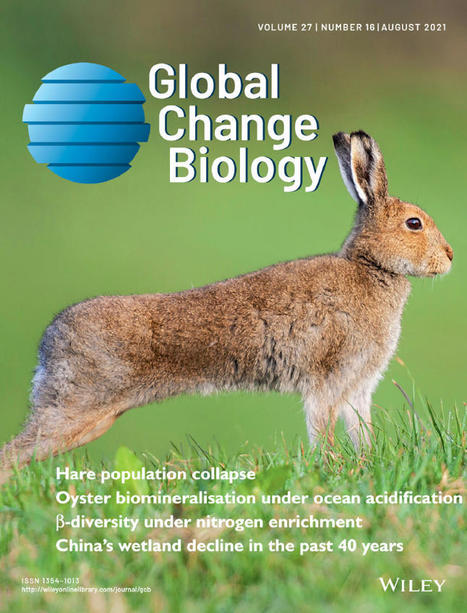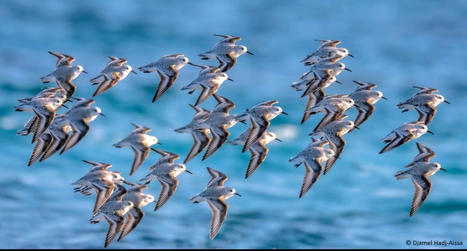Il existe des centaines d’espèces disparues à travers le monde et leur nombre augmente de décennie en décennie. Pourquoi certaines espèces sont redécouvertes, alors que d’autres ne le sont pas ?
Research and publish the best content.
Get Started for FREE
Sign up with Facebook Sign up with X
I don't have a Facebook or a X account
Already have an account: Login
Revue de presse et du net par le Pôle de partage des connaissances S&T de l'Office français de la biodiversité
Curated by
DocBiodiv
 Your new post is loading... Your new post is loading...
 Your new post is loading... Your new post is loading...
|
|














Auteur : Thomas Evans, Research scientist, Freie Universität Berlin, Université Paris-Saclay
Article en référence : Lindken, T., Anderson, C. V., Ariano-Sánchez, D & al (2024). What factors influence the rediscovery of lost tetrapod species ? Global Change Biology, 30, 1–18. https://doi.org/10.1111/gcb.17107